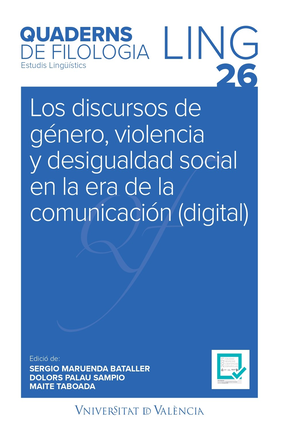Gender inequality on Twitter during the UK election of 2019
DOI:
https://doi.org/10.7203/qf.0.21982Keywords:
corpus, sentiment analysis, hatred speech, women, Twitter. Abstract
Abstract
Social media platforms such as Twitter play an essential role in politics and social movements nowadays. The aim of this paper is to compare and contrast the language used on Twitter to refer to the candidates of the last UK general election of December 2019 in order to raise awareness of gender inequality in politics. The methodology followed is based on three aspects: (a) a quantitative analysis using Sketch Engine to extract the main collocates from the corpus; (b) a sentiment analysis of the compiled tweets by means of two lexicon classifications: BING (Hu & Liu, 2004) and NRC (Mohammad & Turney, 2013), which classifies words into eight basic emotions and two sentiments (positive and negative); and (c) a qualitative analysis employing a Critical Discourse Analysis approach (Fairclough, 2013) to examine verbal abuse towards women from a linguistics perspective.
 Downloads
Downloads
Downloads
Published
How to Cite
-
Abstract1435
-
PDF (Español)875
Issue
Section
License
 Este obra está bajo una licencia de Creative Commons Reconocimiento-NoComercial-SinObraDerivada 4.0 Internacional.
Este obra está bajo una licencia de Creative Commons Reconocimiento-NoComercial-SinObraDerivada 4.0 Internacional.
Authors who publish with this journal agree to the following terms:
- Authors retain copyright and grant the journal right of first publication with the work simultaneously licensed under a Creative Commons Attribution License that allows others to share the work with an acknowledgement of the work's authorship and initial publication in this journal.
- Authors are able to enter into separate, additional contractual arrangements for the non-exclusive distribution of the journal's published version of the work (e.g., post it to an institutional repository or publish it in a book), with an acknowledgement of its initial publication in this journal.
- Authors are permitted and encouraged to post their work online (e.g., in institutional repositories or on their website) prior to and during the submission process, as it can lead to productive exchanges, as well as earlier and greater citation of published work (See The Effect of Open Access).



